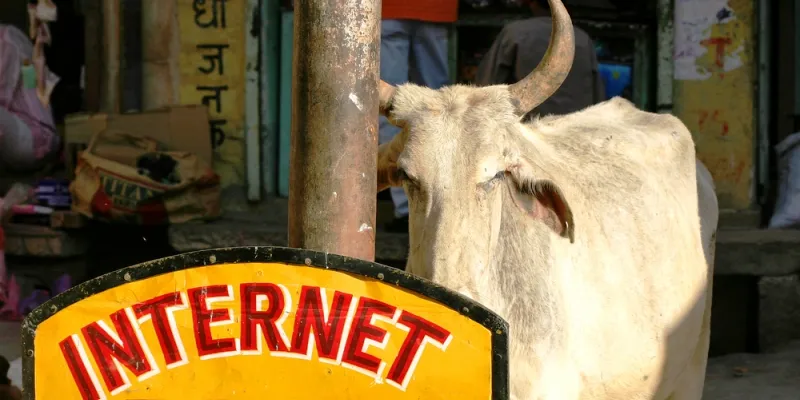Online shoppers beyond metros grow 3x, drive e-commerce growth

Indian e-commerce is starting to mature, it would seem
Although a wide customer base is essential to recover the cost of customer acquisition, over the years, the industry has focused on Tier I cities for sales. But, according to a study by consulting firm RedSeer, the number of online shoppers outside metro cities in India are growing by more than three times as compared with their Tier I counterparts.
Accordingly, the number of shoppers from these cities made up nearly 41 percent of overall online shoppers in 2017. The number of unique shoppers in metro cities in 2017 stood at 11 percent, while other Tier I cities accounted for 18 percent. For Tier II cities and beyond, this number stands at 34 percent.
The study says this will be a significant lever for the growth of e-tailers in the Indian market in 2018 as well. “With the sharp increase in the number of online users due to the Jio effect the overall industry benefited. Key sectors saw good growth, and there was a significant shift observed in the business models of some sectors to ensure better consumer experience,” it adds.
Low internet penetration
The study also states that although the growth has been fair so far, there is a still a significant opportunity for the many categories in the e-commerce sector, as a majority of them has less than 10 percent online penetration.
While the sector is showing clear signs of growing, it is still being driven by discounting. The online fashion industry in India is worth $3.5 billion at present, and the other e-commerce verticals, together are worth $14.5 billion. The online grocery vertical is worth $950 million.
The problem, however, is that for these categories, online penetration is still less than 5 percent, whereas travel reservations and hotels, due to their proven value, have 100 percent penetration. Also, awareness about the pros of e-commerce is still low among the rural middle class, which is a challenge. Although efforts like Amazon’s assisted e-commerce model – Udaan – which was launched in 2015, enable customers to buy on Amazon through small retail stores (through partners like StoreKing and Vakrangee) in rural India, the initiative remains the only one of a kind.
More than discounts, better connectivity, and infrastructure are essential to bring new customers on board. The bigger players are still developing their logistics network to provide faster delivery. Experts believe that while services like Amazon Prime – which promise one-day delivery - can bring in customer loyalty, bringing in new members for this subscription service will demand more warehouses with a larger selection. Since the majority of Indian population lives outside metro cities, a growing customer base in these regions is definitely good news for e-commerce.







